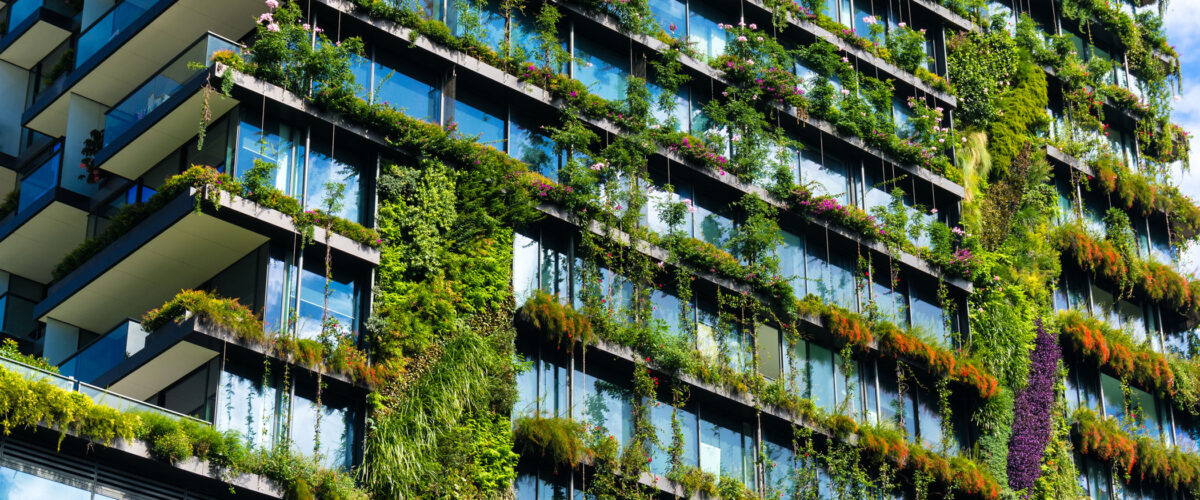Building Green Could Reduce Carbon Emissions from Construction by 23 percent
The transition to green construction could help reduce global carbon emissions in construction value chains by about 23 percent by 2035, with emerging markets accounting for about 55 percent of this projected reduction, according to a new IFC report.
Construction value chains, including the construction and operation of buildings, and the manufacture of materials such as cement and steel, account for 40 percent of global energy and industrial CO2 emissions. A large share of these emissions is generated in emerging markets, where growing populations need housing and infrastructure that drives new construction. Today, these markets often rely on more carbon-intensive methods and materials.
The report, Building Green: Sustainable Construction in Emerging Markets, identifies ways to make green construction practices, materials, and technologies more prevalent in these markets, such as energy-efficient building codes and standards, greening government buildings and procurement, and carbon pricing policies, among other measures. In addition to emissions reductions, these changes have the potential to create $1.5 trillion in private investment opportunities in emerging markets over the next decade.
Related Article: IFC and IDEI Announce Green Bond Issuance for $800 Million Pesos to Promote Sustainable Construction in Mexico
“The green construction revolution is picking up speed,” said IFC Managing Director Makhtar Diop. “With the right enabling measures, we could see a surge of private sector financing that will capitalize on the enormous opportunity and huge necessity to transition to sustainable construction in emerging markets.”
According to the report, technical assistance, and financial instruments such as sustainability-linked bonds, green mortgages, green funds, carbon transition bonds, and carbon retirement portfolios, can help in capitalizing on investment opportunities. In the last few years, global private debt financing for building green increased twentyfold, from about $10 billion in 2017 to a record high of $230 billion in 2021. However, only 10 percent of that issuance was in emerging markets.
The report also lays out a cost-benefit analysis of adopting existing technologies to reduce emissions.
For building operations, which account for half of all construction-related emissions, renewable energies and new materials such as reflective painting for rooftops and film coating for windows can reduce emissions significantly and generate significant cost savings over time. For new buildings, greener materials, energy-efficient and resilient designs, rainwater collection and district cooling represent attractive options. For construction materials, improving energy efficiency, and switching to greener processes, raw materials, and non-fossil fuels can also significantly reduce carbon emissions.
Read the full report here.
[ad_2]
Source link


